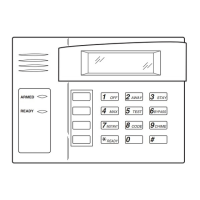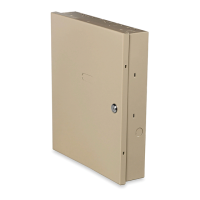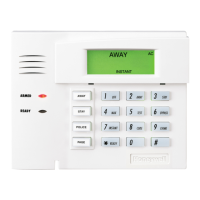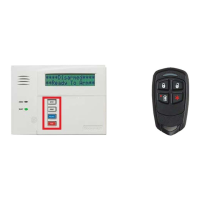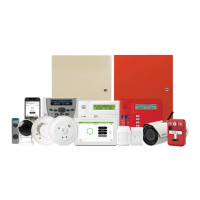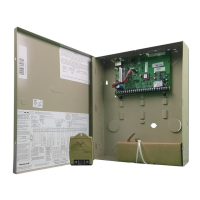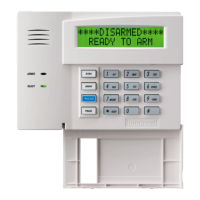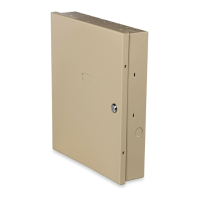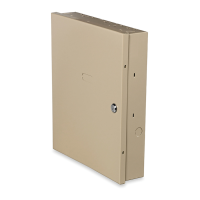
Do you have a question about the Honeywell VISTA-20P and is the answer not in the manual?
| Partitions | 2 |
|---|---|
| Power Supply | 16.5VAC, 25VA transformer |
| Zones | Up to 48 |
| Hardwired Zones | 9 |
| Wireless Zones | Up to 39 (with wireless receiver) |
| User Codes | 48 |
| Keypads | Up to 8 |
| Backup Battery | 12V, 4AH or 7AH rechargeable battery |
| Outputs | 4 |
| Wireless Expansion | Supports 5800 series wireless receivers |
| Communication | POTS line, optional GSM or IP communicator |
Time allowed to disarm the system after entering through a designated door.
Time allowed to leave the premises after arming the system.
Conditions that trigger an alarm during the exit delay or shortly after.
Arms perimeter protection only, with entry delay.
Arms perimeter and selected interior zones with entry delay.
Arms perimeter protection only, with no entry delay.
Arms the entire system, including interior, with entry delay.
Arms the entire system with no entry delay.
Key sequences required to arm the system in various modes.
Procedures for disarming the system and silencing alarms.
Manually bypassing specific zones to keep them unprotected.
Activating emergency functions via programmed keys or key pairs.
Overview of master codes, user codes, and their roles.
Explains the different access levels and user capabilities.
Steps for programming user codes and their attributes.
Step-by-step process for setting up automated schedules.
Importance and procedure for weekly system testing.
Identifying and resolving common system trouble indicators.
Recognizing and understanding various other system trouble messages.
How the fire alarm system operates and provides protection.
Steps to silence alarms and clear the display.
A summary of common operations like arming, disarming, and checking zones.
Log for tracking system users, codes, authority levels, and partitions.
Critical warnings about system vulnerabilities and potential failures.
